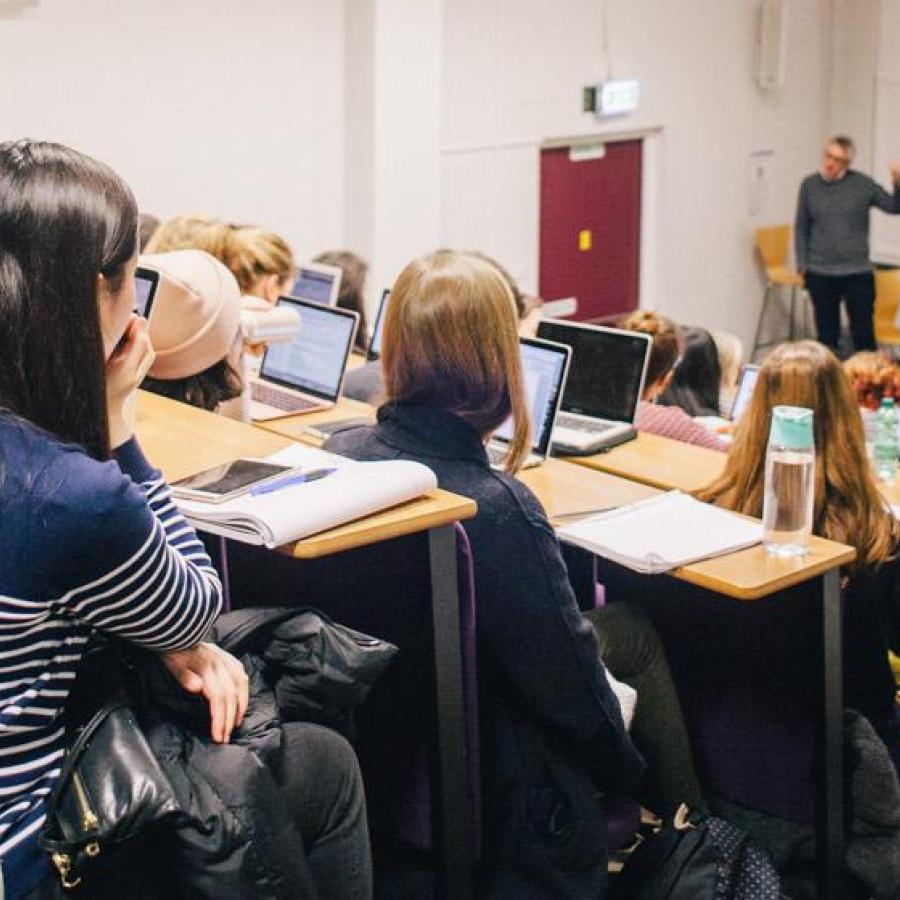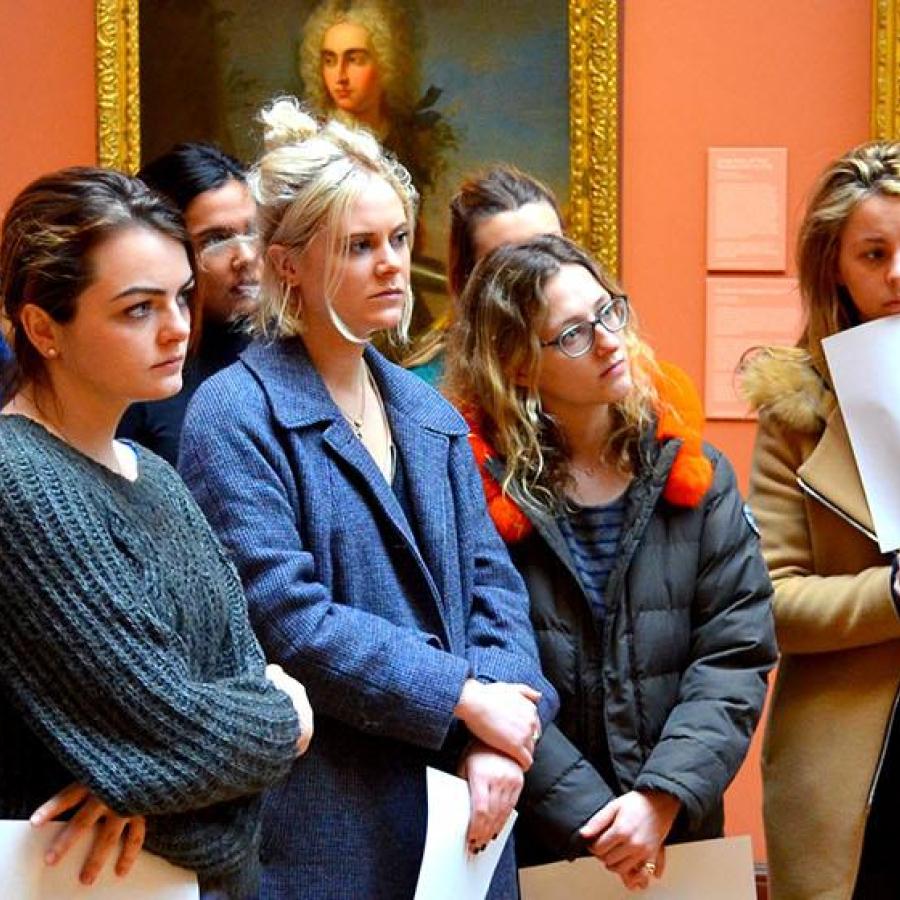Dr Catriona Murray

Job title:
Senior Lecturer in Early Modern Visual and Material Cultures
Role:
ECA Co-Director of Research Innovation
Office:
O.50, Hunter Building
Research Output:
Edinburgh Research Explorer linkBiography
Catriona Murray is a historian of early modern British visual and material culture. Her research focuses on the art, objects and performances of the Tudor and Stuart periods. In particular, she is interested in the exchanges between ruler and subject, exploring how images of authority were promoted, received and resisted.
Her first monograph, Imaging Stuart Family Politics: Dynastic Crisis and Continuity (2016), explores the promotion of familial propaganda under the Stuarts. Bringing together royal ritual, court portraiture and popular prints, it argues that dynastic and domestic representations were strategically developed to endorse political agendas. Imaging Stuart Family Politics was awarded the 2017 Royal Studies Journal Book Prize. Her current book project, Figuring Stuart Monarchy: Public Sculpture and the Royal Image, considers the Stuart dynasty’s involved relationship with statuary and monuments, analysing how sculpture served to mediate royal authority, public loyalty and political opposition. This research has been generously supported by a Paul Mellon Centre Mid-Career Fellowship (2020) and a Royal Society of Edinburgh Personal Fellowship (2023). Catriona has also published widely on topics from seventeenth-century print culture to nineteenth-century historiography.
Catriona has developed close working relationships and collaborations with a number of international museums and galleries. She is currently academic advisor to the National Galleries of Scotland's forthcoming exhibition, The World of King James VI and I (2025). Building on this, she is also co-editor of the British Art Studies special issue, Reframing King James VI and I (2025), bringing together curators and academics to reveal James’s cultural acumen, as well as recovering the diverse material interests of his people. In addition, she is co-investigator on John Michael Wright and the Art of Invention. Supported by a Paul Mellon Centre Collaborative Project Grant, this research project, also with NGS, adopts a new perspective on this remarkable artist, analysing the complex political, religious and cultural networks in which he operated under the later Stuarts. Catriona is passionate about making history and its objects accessible and works with curators to develop new display strategies using sound, scent, virtual and augmented reality. She has also contributed as an expert historian for a number of online, print and broadcast outlets.
Catriona’s work has been supported by grants and fellowships from the Institute of Historical Research (University of London); the Institute for Advanced Study in the Humanities (University of Edinburgh); the Paul Mellon Centre for Studies in British Art; the Royal Society of Edinburgh; the Henry Moore Foundation; the Huntington Library and Art Museum; the Yale Center for British Art; Funds for Women Graduates and the AHRC.
She is also an experienced PhD supervisor and has supervised projects to completion on print culture and the Thirty Years War; Scottish material culture, community and diaspora; and Jacobite propaganda. Her current students are funded by the SGSAH, Edinburgh University CAHSS Research Awards and Edinburgh College of Art PhD Scholarships.
Research interests
- Early Modern Visual and Material Culture
- Public Sculpture
- History and Memory
- Dynasty, Family and Kin Networks
- Ceremony, Ritual and Performance
Catriona’s teaching is directly influenced by her research and introduces students to key issues in the relationships between art, politics and society in sixteenth-, seventeenth- and eighteenth-century Britain.
Her third-year special options course, Picturing Authority: Art and Politics at the Tudor and Stuart Courts, explores the visual representation of power through close study of royal portraiture, decorative schemes, public statuary, printed ephemera and court spectacle.
Her fourth-year special options course, Cradle to Grave: Art and Society in Britain from Holbein to Hogarth, examines the representation of gender, the life cycle, religion, status and nationality across a range of media, assessing how early modern men and women defined their social relationships and fashioned their identities.
She also lectures on Northern Renaissance and Baroque art for History of Art 1 and contributes to the department’s team-taught Honours and MSc courses.
Research
Research
Research Interests:
Visual and material culture in sixteenth-, seventeenth- and eighteenth-century Britain
Art and propaganda
Scoto- and Anglo-European relations
Artistic patronage, collaboration and process
Ceremony, ritual and performance
Death, commemoration and memory
Dynasty, family and kin networks
Current PhD students
The Elect and the Damned: the material culture of belief in post-Reformation Scotland, 1560-1750
King James VI & I as the Author of Display
Textiles at the Court of King Charles I
PhD Supervision Topics
- Art and politics at the Tudor and Stuart courts
- Sixteenth-, seventeenth- and early eighteenth-century visual and material culture in Britain
- Scoto- and Anglo-European relations
- Early modern art and identity, dynasty and family, death and memory






